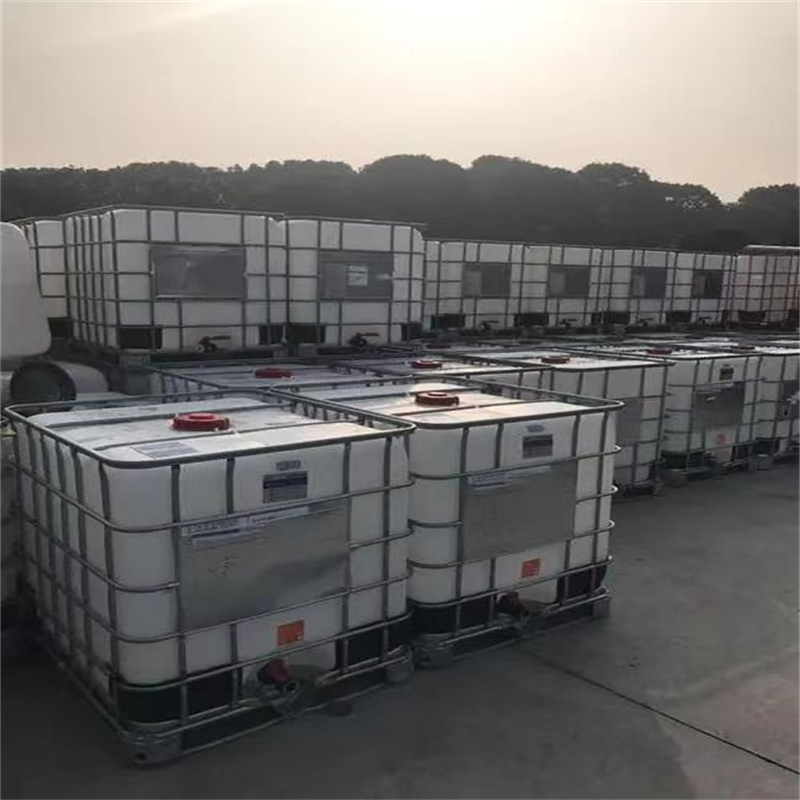Warning: Undefined array key "title" in /home/www/wwwroot/HTML/www.exportstart.com/wp-content/themes/1198/header.php on line 6
Warning: Undefined array key "file" in /home/www/wwwroot/HTML/www.exportstart.com/wp-content/themes/1198/header.php on line 7
Warning: Undefined array key "title" in /home/www/wwwroot/HTML/www.exportstart.com/wp-content/themes/1198/header.php on line 7
Warning: Undefined array key "title" in /home/www/wwwroot/HTML/www.exportstart.com/wp-content/themes/1198/header.php on line 7
- Afrikaans
- Albanian
- Amharic
- Arabic
- Armenian
- Azerbaijani
- Basque
- Belarusian
- Bengali
- Bosnian
- Bulgarian
- Catalan
- Cebuano
- China
- China (Taiwan)
- Corsican
- Croatian
- Czech
- Danish
- Dutch
- English
- Esperanto
- Estonian
- Finnish
- French
- Frisian
- Galician
- Georgian
- German
- Greek
- Gujarati
- Haitian Creole
- hausa
- hawaiian
- Hebrew
- Hindi
- Miao
- Hungarian
- Icelandic
- igbo
- Indonesian
- irish
- Italian
- Japanese
- Javanese
- Kannada
- kazakh
- Khmer
- Rwandese
- Korean
- Kurdish
- Kyrgyz
- Lao
- Latin
- Latvian
- Lithuanian
- Luxembourgish
- Macedonian
- Malgashi
- Malay
- Malayalam
- Maltese
- Maori
- Marathi
- Mongolian
- Myanmar
- Nepali
- Norwegian
- Norwegian
- Occitan
- Pashto
- Persian
- Polish
- Portuguese
- Punjabi
- Romanian
- Russian
- Samoan
- Scottish Gaelic
- Serbian
- Sesotho
- Shona
- Sindhi
- Sinhala
- Slovak
- Slovenian
- Somali
- Spanish
- Sundanese
- Swahili
- Swedish
- Tagalog
- Tajik
- Tamil
- Tatar
- Telugu
- Thai
- Turkish
- Turkmen
- Ukrainian
- Urdu
- Uighur
- Uzbek
- Vietnamese
- Welsh
- Bantu
- Yiddish
- Yoruba
- Zulu
Aug . 20, 2024 13:38 Back to list
Exploring the Sources and Manufacturing Techniques of Xanthan Gum Production
Understanding the Origin and Production Process of Xanthan Gum
Xanthan gum is a remarkable polysaccharide that has garnered significant attention in various industries, particularly in food, pharmaceuticals, and cosmetics. Derived from the bacterium *Xanthomonas campestris*, this compound plays a crucial role in enhancing the texture and consistency of various products. Understanding its origin and production process not only sheds light on its unique properties but also explains its widespread application.
Origin of Xanthan Gum
The history of xanthan gum dates back to the 1960s when it was first discovered by researchers who isolated it from the plant-pathogenic bacterium *Xanthomonas campestris*. This bacterium is known for causing black rot in cruciferous vegetables. Its ability to produce a viscous extracellular polysaccharide as part of its survival mechanism in hostile environments intrigued scientists. This polysaccharide was later named xanthan gum. Since its discovery, xanthan gum has become an essential biopolymer, owing to its unique ability to stabilize emulsions and suspensions, as well as its thickening properties.
The Production Process
The production of xanthan gum involves a fermentation process that utilizes the aforementioned bacterium. Here’s a detailed overview of the steps involved
1. Fermentation Setup The production process begins with the preparation of a suitable growth medium. This medium typically contains sources of carbon, nitrogen, and essential minerals. Common carbon sources include glucose or sucrose, while nitrogen sources may include yeast extract or ammonium salts.
2. Inoculation Once the growth medium is prepared, it is inoculated with *Xanthomonas campestris*. The bacteria are allowed to proliferate in controlled conditions, usually in a fermentation tank equipped with temperature, pH, and oxygen regulation mechanisms.
'understanding the origin and production process of xanthan ...'

3. Fermentation The fermentation process can last several days, during which the bacteria consume the nutrient-rich medium and produce xanthan gum as a byproduct. During this phase, factors such as pH, temperature, and aeration are carefully monitored to ensure optimal bacterial growth and gum production.
4. Harvesting After fermentation, the xanthan gum must be extracted. The broth is first filtered to remove bacterial cells. The xanthan gum can then be precipitated from the liquid using isopropyl alcohol or another solvent, which separates it from the remaining solution.
5. Purification and Drying The precipitated xanthan gum is then purified, often through processes like centrifugation and washing to remove impurities. Finally, the product is dried and milled into a fine powder, ready for various applications.
Applications of Xanthan Gum
Xanthan gum's unique properties make it highly valuable across diverse fields. In the food industry, it is commonly used as a thickening agent and stabilizer in sauces, dressings, and gluten-free products, where it helps to improve texture and consistency. In pharmaceuticals, xanthan gum is utilized in controlled drug delivery systems and as a suspending agent. The cosmetic industry also employs xanthan gum for its emulsifying and stabilizing properties in creams and lotions.
Conclusion
The origin and production of xanthan gum highlight the intricate relationship between microbiology and industrial applications. As a product of *Xanthomonas campestris*, xanthan gum exemplifies how a simple bacterium can contribute to innovations across multiple sectors. With ongoing research into its properties and potential applications, xanthan gum continues to play a pivotal role in enhancing various products we use daily, showcasing the significance of microbial biotechnology in our modern world.
Latest news
-
Certifications for Vegetarian and Xanthan Gum Vegetarian
NewsJun.17,2025
-
Sustainability Trends Reshaping the SLES N70 Market
NewsJun.17,2025
-
Propylene Glycol Use in Vaccines: Balancing Function and Perception
NewsJun.17,2025
-
Petroleum Jelly in Skincare: Balancing Benefits and Backlash
NewsJun.17,2025
-
Energy Price Volatility and Ripple Effect on Caprolactam Markets
NewsJun.17,2025
-
Spectroscopic Techniques for Adipic Acid Molecular Weight
NewsJun.17,2025

